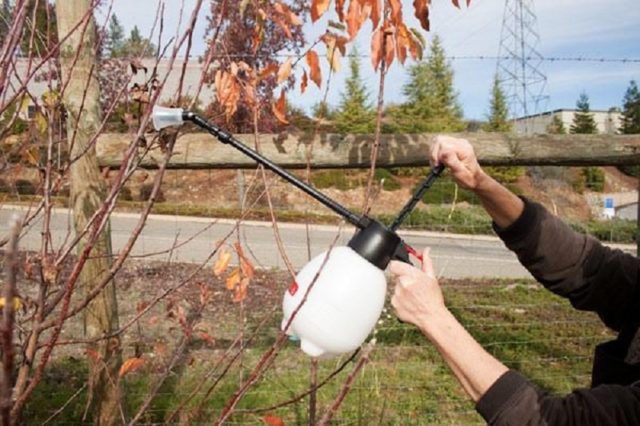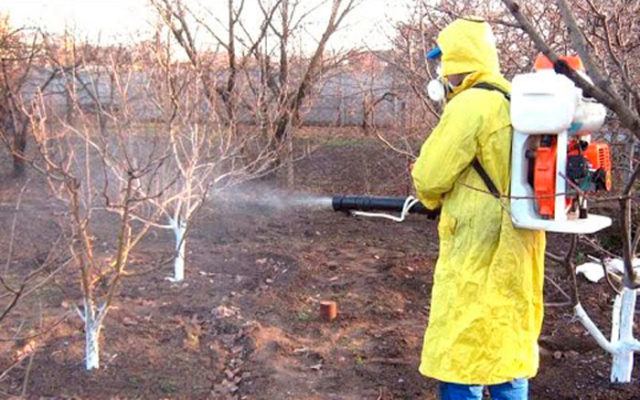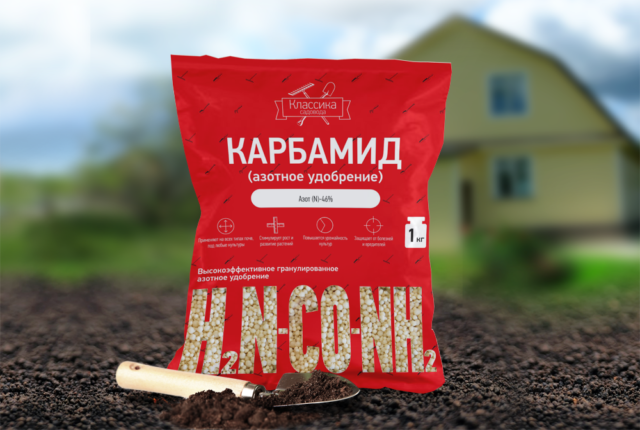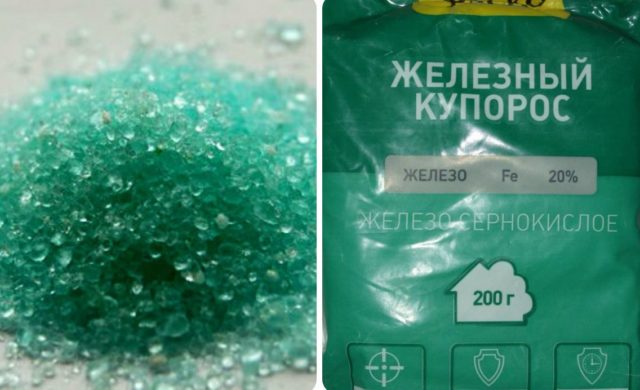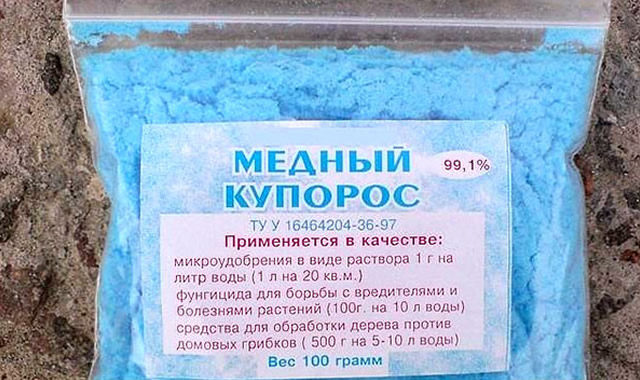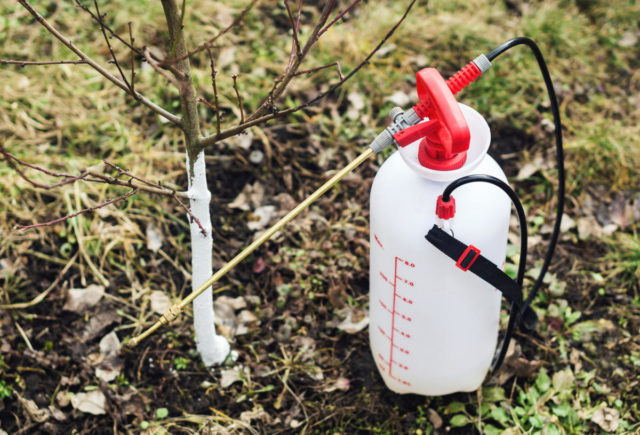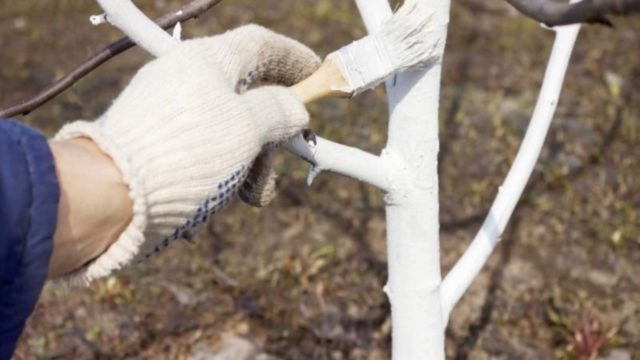Content
Autumn processing of fruit trees is an important stage in the year-round cycle of garden maintenance. At this time, a kind of general cleaning is carried out, the purpose of which is to prepare for the winter and lay the foundation for the next year's harvest. Besides sanitary pruning, whitewash and feeding fruit trees, they are sprayed with special agents that effectively destroy pests, and also prevent their damage in winter.
Do I need to spray fruit trees in the fall
Together with the trees, numerous garden pests are preparing for winter. Some of them hibernate in fallen leaves, others choose lesions and folds of bark as a shelter. Many bury themselves in the soil, hibernating directly in the trunks. Cleaning and cultivating the garden in autumn can significantly reduce this pest population, so they must be done.
Spraying with fungicides also plays an important role in disease prevention. Pathogens, fungal spores are constantly on the bark of the tree, and autumn processing very effectively prevents their development.
Goals and objectives of the autumn processing of fruit trees
The main task of processing fruit trees in the autumn is to prepare them for winter. In addition, the following tasks are being solved:
- Destruction of pests hibernating on the trunk and branches.
- Destruction of insects and their larvae wintering in the soil of the trunk circle.
- Fight against manifestations of rot, fungal infections.
- Cleaning the tree from moss, lichens, plaque.
Preparing for autumn garden work
The optimal time for processing the garden is the second half of October, and if the autumn is long and warm enough, then the beginning of November, even if frosts have already happened by this time. The foliage, as a rule, is already flying around, so nothing will prevent you from spraying efficiently. It is best to choose a clear day without precipitation for this procedure.
Before spraying trees, you need to carry out sanitary pruning and completely clean the tree trunks from fallen leaves. It is also necessary to stock up on a sufficient amount of solution for work, rinse and test the sprayer, and also stock up on personal protective equipment. Since many solutions are toxic, you will need protective equipment for your eyes (goggles), breathing protection (respirator), and hand protection (rubber gloves).
For small trees, you can use a hand sprayer or spray bottle. For large ones, it is better to use a knapsack sprayer, and process the upper tier of the crown from a stepladder.
Preparations for spraying fruit trees
There are quite a few different drugs that are used to treat fruit trees from pests and diseases. These include the following:
- urea (urea) solution;
- Bordeaux liquid;
- copper sulfate solution;
- ferrous sulfate solution;
- mineral fertilizer solution;
- other fungicides and insecticides.
Spraying fruit trees with urea in autumn
Urea (urea) Is a fairly common water-soluble ammonia fertilizer. To prepare a spray solution, you need to dilute 0.4-0.5 kg of the substance in a bucket of water (10 l). Spraying with urea effective against scab pathogens. In addition to the sanitary purpose, such a solution plays the role of foliar feeding, thereby increasing the winter hardiness of plants.
A solution of increased concentration (7-8%) is also treated with trunks, destroying pests hibernating there. However, care must be taken that such a solution does not fall on the bark of the tree, otherwise the plant will receive a chemical burn.
Autumn spraying of fruit trees with iron sulfate
Iron vitriol is widely used in horticulture as a means of combating and preventing diseases such as scab, powdery mildew, fruit rot (monoliosis), black cancer and others. It is also a very effective remedy against various mosses and lichens that parasitize on the bark of fruit trees. Iron vitriol is a water-soluble compound. To prepare the solution, you need to take 200-300 g of funds for 1 bucket of water, if the trees were sick with any disease during the season, the proportion of vitriol can be increased to 400 g.
Treatment of trees with copper sulfate
Preparations containing copper have long been successfully used for plant protection by gardeners around the world. One of these agents is copper sulfate, a well-known substance used both as a micronutrient fertilizer and as a broad-spectrum fungicide (antifungal agent). It is used for the prevention and treatment of the same diseases as ferrous sulfate, but it is ineffective in the fight against moss and lichens.
To prepare a spray solution, mix 100 g of copper sulfate and 10 liters of water. If diseases were noted on the plants during the season, then vitriol should be taken 300 g. The substance dissolves well in water, giving it a characteristic blue color.
Other preparations for the processing of fruit crops
In addition to urea, copper and iron sulfate in pure form, their combinations with each other are also used. For example, the use of ferrous sulfate in a mixture with urea (200 g of each preparation per 1 bucket of water) gives a good result. However, you should not mix copper and iron sulfate; it is better to spray with these preparations at different times of the year. For example, treat the garden with iron sulfate in the fall, and copper - in the spring.
There are other preparations that can be used in the fall for spraying fruit trees for diseases. These include the well-known Bordeaux mixture, which is copper sulfate in combination with quicklime. Ready-to-use powder can be purchased in stores, however, if necessary, it is not difficult to make it yourself. To prepare a 3% solution of Bordeaux liquid, you will need:
- copper sulfate - 300 g;
- quicklime - 400 g.
Each of the components is dissolved in 5 liters of water. Then the solution of copper sulfate is carefully added to the lime solution, taking precautions and stirring constantly.
If during the year fruit and berry trees did not hurt, the concentration of the solution can be reduced to 1%. This will require the content of all ingredients to be reduced by 3 times. The very procedure for preparing Bordeaux liquid remains unchanged.
For the autumn treatment of the garden from pests, you can also use insecticides, for example, Fufanon or Preparation 30 Plus. These are quite effective remedies, however, only the autumn treatment will not give the desired result. For maximum effect, spraying against pests with such means is carried out twice, in early spring and late autumn.
How to process fruit trees in autumn
Summarizing the above, we can conclude: it is necessary to process fruit trees in the fall. You can use a variety of formulations as spraying agents, buying ready-made mixtures and preparations in stores or making them yourself.
Processing fruit trees: table and terms
To process the garden in the fall, you can use any of the drugs below.
Name of the drug | Appointment | Processing time |
Bordeaux mixture 1% or 3% | Complex preparation for putrefactive, fungal and other diseases | After the leaves fall, before the onset of frost |
inkstone | Destruction of mosses, lichens | -//- |
Copper sulfate | Prevention of scab, coccomycosis, rot, spotting, clotterosporosis | -//- |
Urea | Destruction of larvae of insect pests | -//- |
Preparations Skor + Karbofos (Skor + Bison) | An aqueous solution of a mixture of drugs is effective both against insect larvae and against diseases | -//- |
How to treat fruit trees from pests in the fall
The most popular remedy for treating fruit trees in the fall from pests is urea. It is effective against leafworm larvae, weevils, and also against scab pathogens. The crown is treated with an aqueous solution of 4-5% concentration; for the treatment of near-trunk circles, the urea content must be increased to 8%.
How to treat fruit trees in the fall from diseases
For the treatment of fruit trees in the fall from diseases, you can use the following drugs:
Name | Concentration | Appointment |
Copper sulfate 1 or 3% | 100 or 300 g of substance per 10 l of water | For the prevention and destruction of spots, monoliosis, coccomycosis, etc. |
Iron vitriol 2 or 4% | 200 or 400 g of substance per 10 l of water | Destruction of mosses, lichens, prevention of powdery mildew, monoliosis, rot. |
Bordeaux mixture 3% | 300 g copper sulfate + 400 g quicklime per 10 liters of water | Against scab, gray rot, coccomycosis, etc. |
How to properly spray trees
An important condition for starting work on spraying garden plantings in the fall is the absence of foliage. Falling leaves serves as a kind of signal that the tree has entered hibernation mode. Processing should be done before the onset of frost, on a dry, calm day. This will promote better absorption of the fungicides into the bark. Before spraying, you need to clean the bark of the trees and prune them, if such is provided for in the plan. Trunk circles must be completely cleaned of fallen leaves.
The processing of each tree should be started from the highest point of the crown, sequentially walking around it in a circle and spraying all layers of the plant from top to bottom. It is convenient to use a long boom sprayer for this. Dwarf, columnar and saplings can be sprayed with a small hand sprayer or spray bottle. After finishing work with the crown, the trunks are treated, increasing the concentration of the active substance. For this procedure, you can use a regular watering can.
Processing fruit trees in winter
In winter, fruit trees are dormant. At this time, work can be carried out to trim them, however, treatment with any drugs is not performed. An exception can be made only in the southernmost regions of the country, where plants at the end of February are already preparing to enter the growing season. Before bud break, they are treated with the same fungicides as in the fall: copper or iron vitriol, as well as Bordeaux liquid.
Caring for the garden after processing
After spraying, it is advisable not to disturb the garden plantings for several days, so that the active substance has time to be absorbed into the bark. Then you can continue pre-winter preparation. The stems and lower skeletal branches must be whitewashed with lime mortar, if this has not been done previously. This will protect them from frost damage and sunburn.
To protect against rodents, protective grilles are installed, a net is pulled or the trunks are wrapped with spruce branches.
Conclusion
Autumn processing of fruit trees is a necessary link in the chain of measures for the pre-winter preparation of the garden for wintering. You should not neglect it, because in the fall the foundation for the future harvest is laid. Therefore, by spending a few hours on this event, you can avoid significant problems in the future, thereby saving your time and money. It is not for nothing that they say that prevention is much better than cure.
